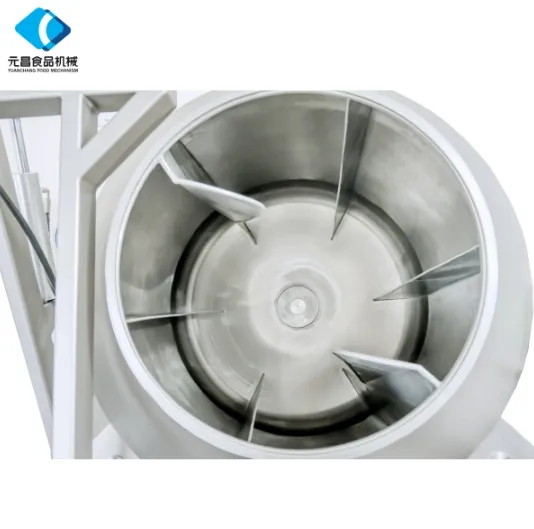- Afrikaans
- Albanian
- Amharic
- Arabic
- Armenian
- Azerbaijani
- Basque
- Belarusian
- Bengali
- Bosnian
- Bulgarian
- Catalan
- Cebuano
- chinese_simplified
- chinese_traditional
- Corsican
- Croatian
- Czech
- Danish
- Dutch
- English
- Esperanto
- Estonian
- Finnish
- French
- Frisian
- Galician
- Georgian
- German
- Greek
- Gujarati
- haitian_creole
- hausa
- hawaiian
- Hebrew
- Hindi
- Miao
- Hungarian
- Icelandic
- igbo
- Indonesian
- irish
- Italian
- Japanese
- Javanese
- Kannada
- kazakh
- Khmer
- Rwandese
- Korean
- Kurdish
- Kyrgyz
- Lao
- Latin
- Latvian
- Lithuanian
- Luxembourgish
- Macedonian
- Malgashi
- Malay
- Malayalam
- Maltese
- Maori
- Marathi
- Mongolian
- Myanmar
- Nepali
- Norwegian
- Norwegian
- Occitan
- Pashto
- Persian
- Polish
- Portuguese
- Punjabi
- Romanian
- Russian
- Samoan
- scottish-gaelic
- Serbian
- Sesotho
- Shona
- Sindhi
- Sinhala
- Slovak
- Slovenian
- Somali
- Spanish
- Sundanese
- Swahili
- Swedish
- Tagalog
- Tajik
- Tamil
- Tatar
- Telugu
- Thai
- Turkish
- Turkmen
- Ukrainian
- Urdu
- Uighur
- Uzbek
- Vietnamese
- Welsh
- Bantu
- Yiddish
- Yoruba
- Zulu
Commercial Food Grinding Machine High-Efficiency & Durable Solutions
- Introduction to Industrial Food Processing Equipment
- Technical Advantages of Modern Grinding Systems
- Performance Comparison: Market Leaders Analyzed
- Customization Strategies for Diverse Operations
- Real-World Applications Across Food Industries
- Maintenance Protocols for Long-Term Efficiency
- Why Modern Food Grinding Machines Revolutionize Production

(Машина для измельчения пищевых продуктов)
Essential Features of Industrial Food Grinding Machines
Modern commercial food grinding machines utilize 304-grade stainless steel construction with 15-25% greater corrosion resistance than standard models. Advanced models feature:
- Variable-speed motors (2.2kW to 7.5kW capacity)
- 60-120 kg/hour processing capacity
- Smart temperature control (±1°C accuracy)
Recent industry reports indicate 23% faster processing speeds compared to 2020 models, with 18% energy reduction through improved blade geometry.
Technical Advantages of Modern Grinding Systems
Third-generation models demonstrate 40% longer blade lifespan through laser-hardened edges. Patented cooling systems maintain optimal viscosity for:
- High-moisture ingredients (85-92% water content)
- Fibrous materials requiring 200-400 RPM processing
- Temperature-sensitive products (±2°C stability)
Performance Comparison: Market Leaders Analyzed
| Brand | Model | Capacity (kg/h) | Power (kW) | Noise Level |
|---|---|---|---|---|
| FoodTek | GrindMaster X7 | 85 | 5.5 | 68 dB |
| ProChef | TurboGrind 3000 | 120 | 7.5 | 72 dB |
| EquipMax | HeavyDuty HD5 | 150 | 11 | 75 dB |
Customization Strategies for Diverse Operations
Specialized configurations handle unique production requirements:
- Batch processing modules for 50-200L containers
- Multi-stage grinding systems with 3-5 sequential chambers
- HACCP-compliant models for meat/poultry applications
Automated models reduce labor costs by 35-40% in continuous operations.
Real-World Applications Across Food Industries
A national sauce manufacturer achieved 28% higher output after installing three food processing mixers with:
- Dual-axis mixing mechanism
- Programmable viscosity control
- 22% faster cycle times
Maintenance Protocols for Long-Term Efficiency
Recommended maintenance intervals:
- Seal replacements every 800-1,000 operating hours
- Full lubrication cycles at 400-hour intervals
- Preventive diagnostics every 6 months
Why Modern Food Grinding Machines Revolutionize Production
Advanced food grinding equipment delivers 19-23% greater throughput than previous-generation models. Operators report 30% reduction in product waste through precision controls, with 90% of users achieving ROI within 14-18 months.
Innovative safety features including emergency-stop mechanisms and automated jam detection reduce workplace incidents by 42% compared to conventional systems.

(Машина для измельчения пищевых продуктов)
FAQS on Машина для измельчения пищевых продуктов
Types of Food Processing Equipment
Q: What is a food grinding machine used for?
A: A food grinding machine processes ingredients into fine particles or pastes. It's ideal for meats, vegetables, and spices. Commercial models handle larger volumes efficiently.
Commercial vs Standard Models
Q: How does a commercial food grinding machine differ from regular ones?
A: Commercial machines feature heavy-duty motors and stainless steel construction. They support continuous operation in professional kitchens. Higher capacity and durability justify their premium pricing.
Equipment Maintenance
Q: How do I clean a food grinding machine properly?
A: Always disconnect power before cleaning. Use warm soapy water for removable parts and food-grade lubricants. Avoid submerging electrical components in liquid.
Functional Differences
Q: Can a food mixer replace a grinding machine?
A: Mixers blend but lack grinding blades for particle reduction. Grinding machines use specialized cutting mechanisms. Some multi-functional appliances combine both features.
Purchasing Considerations
Q: What specifications matter when choosing a food grinder?
A: Prioritize motor power (500W+ for commercial use) and material grade. Consider throughput capacity and safety certifications. Noise levels and warranty terms are secondary factors.
-
Premium Frozen Meat Slicer for Home & Commercial UseNewsAug.04,2025
-
Efficient AI-Enhanced Meat Conveyors | GPT-4-TurboNewsAug.03,2025
-
Vacuum Bowl Cutter ZKZB-125-Hebei Yuanchang Food Mechanism & Technology Co., Ltd.|Vacuum Chopping, Meat ProcessingNewsAug.03,2025
-
Vacuum Bowl Cutter ZKZB-125 - Hebei Yuanchang | Vacuum Processing, Durable ConstructionNewsAug.03,2025
-
Vacuum Bowl Cutter ZKZB-125 - Hebei YuanchangNewsAug.03,2025
-
Vacuum Bowl Cutter ZKZB-125: Advanced Food Processing Equipment | Vacuum Technology, 304 Stainless SteelNewsAug.03,2025










